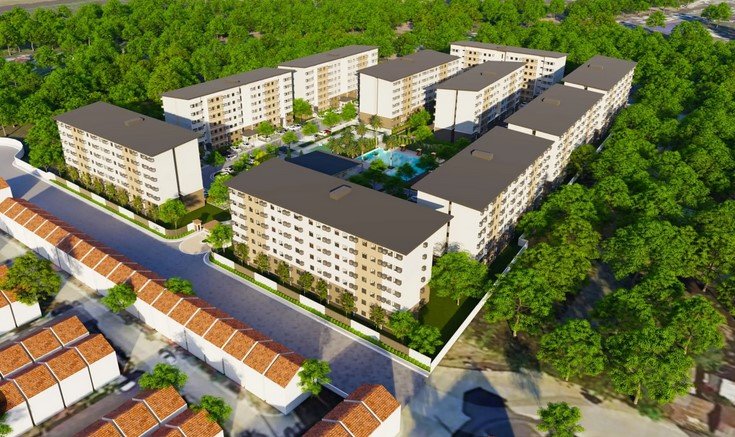When deciding where to invest in real estate, the choice often comes down to commercial or residential properties. Each offers distinct advantages and potential risks, making it essential to understand the key differences in investing in commercial vs residential properties. Let’s explore the benefits and drawbacks of investing in commercial properties versus residential properties.

Commercial Properties: High Returns and Bigger Risks
Property investment comparison, such as office buildings, retail spaces, or warehouses, can provide substantial returns. These investments often come with longer lease agreements, which means stable, predictable income for an extended period. Tenants in commercial properties, particularly large companies, are more likely to sign multi-year leases, providing consistent cash flow.
One of the main advantages of commercial real estate is the higher rental yield compared to residential properties. Because commercial spaces tend to attract businesses rather than individuals, rental rates are generally higher. Additionally, the maintenance and upkeep of commercial properties are often the responsibility of the tenant, reducing the property owner’s ongoing costs.
However, commercial properties come with higher risks. Economic downturns or shifts in business trends can lead to vacancies that take longer to fill. For instance, a retail space may sit empty for months, reducing the owner’s income. Financing for commercial properties is also more complex, requiring larger down payments and stricter lending terms.
Residential Properties: Stability and Simplicity
Investing in residential properties, such as single-family homes, apartments, or condos, tends to be a more straightforward and stable option. Residential real estate is easier to manage, and there is generally always a demand for housing. Even during economic downturns, people still need homes, which means residential properties tend to maintain occupancy better than commercial ones.
One of the most significant advantages of residential investments is the simplicity of financing. Lenders are often more willing to approve loans for residential properties, and the down payments required are typically lower than those for commercial properties. Additionally, the appreciation of residential properties can be steady over time, allowing investors to build wealth gradually.
On the downside, rental yields for residential properties are generally lower than those for commercial properties. Also, residential tenants typically sign shorter leases, often for one year or less, which can lead to higher turnover rates. As a landlord, you may also be responsible for the upkeep and repairs, increasing the time and cost of managing the property.
Tenant Relationships: Business vs. Personal
Another key difference between commercial and residential property investment lies in the relationship with tenants. In commercial properties, you deal with businesses, not individuals. This generally leads to more professional, formal relationships, and tenants are more likely to adhere to lease terms as they have businesses to run.
In residential properties, the relationship with tenants is often more personal. Tenants live in your property, so they expect quick responses to maintenance requests and repairs. While this can lead to greater tenant satisfaction and longer leases, it can also require more hands-on management.
Potential for Growth and Diversification
Both commercial and residential properties offer the potential for growth, but the strategies differ. In commercial real estate, you can see higher returns through appreciation and rental income, especially in high-demand markets. Investors often focus on finding prime locations where businesses are likely to thrive.
Residential property investments, on the other hand, offer more opportunities for diversification. Investors can spread their investments across multiple single-family homes or apartment complexes in different locations, reducing risk. This diversity can provide more stability, especially during economic downturns when demand for housing remains strong.
Conclusion
Deciding between investing in commercial or residential properties comes down to your investment goals, risk tolerance, and financial resources. Commercial properties offer the potential for higher returns but come with more significant risks and complexities. Residential properties provide more stability and ease of management but may offer lower rental yields. Understanding these differences will help you make the best decision based on your needs and goals as an investor.




